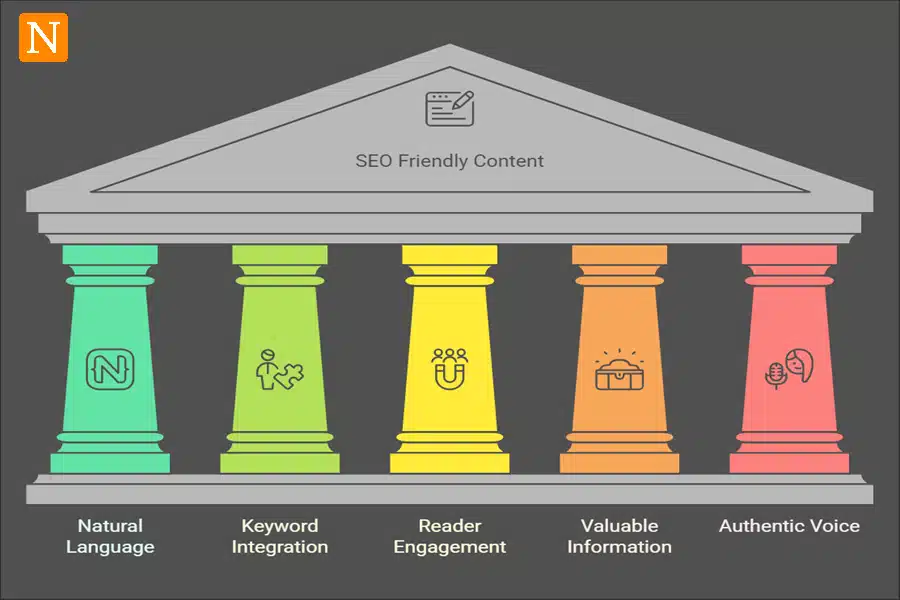When AI content-generation tools first emerged, I was skeptical. I actively avoided them as I was trusting my years of experience and creative instincts over machine-generated text. But as months passed, I noticed a shift—clients were increasingly relying on AI tools like ChatGPT or Gemini for quick and budget-friendly content generation. That’s when I decided to try these tools myself.
At first, I was unimpressed. The content felt formulaic, like it was written to check boxes rather than connect with readers. There was a robotic tone, a lack of depth, and an obvious absence of creativity. Even when I spent hours engineering detailed prompts, the output felt like it was missing something. It wasn’t bad, but it wasn’t me.
I kept comparing it to the articles I wrote in the pre-AI era, where every sentence carried my voice, my perspective, and my personal touch. Back then, my writing had an organic flow, infused with effort and thoughtfulness. Ironically, even though I now spend equal—if not more—time editing AI-generated content, it still doesn’t feel as rich or engaging.
Yet, I’ve had to embrace these tools. Content creation today demands speed, and clients want deliverables yesterday. The challenge, then, became clear – how do I make AI-generated content sound less robotic and more human?
Through trial and error, I’ve learned some practical strategies that help create SEO friendly content. I’m sharing these tips with you so that your AI-content doesn’t sacrifice authenticity.

1. Start with a Strong, Creative Hook
AI tools tend to start articles in predictable ways: “In today’s world…” or “This article will discuss…” Dull intros like these are a sure way to lose readers. Instead, craft an opening that draws your audience in. Share a personal anecdote, ask an intriguing question, or use an unexpected fact.
For example, in this article, I started by sharing my journey with AI tools. Why? Because storytelling resonates. Readers want to know the person behind the words, and starting with a relatable story helps set a conversational tone.
2. Customize the Tone Through Prompt Engineering
AI tools generate content based on what you ask them to do. If the output feels robotic, chances are the instructions you provided weren’t detailed enough. When I use tools like ChatGPT, I include specific phrases in my prompts:
- “Write in a conversational, friendly tone.”
- “Use simple English, avoid jargon, and focus on storytelling.”
- “Provide practical advice with examples and avoid generic phrases.”
For instance, instead of asking an AI tool to “write a blog on SEO tips,” I might prompt it to “write an engaging blog on SEO tips for beginners. Use relatable examples and a conversational tone.” It’s all about setting the right expectations.
3. Inject Personal Experience and Insights

AI doesn’t have your experience, perspective, or unique way of looking at the world. That’s where your expertise comes in. Use the AI-generated draft as a starting point and layer your expertise onto it. Keep in mind that the first draft is never the final copy.
For example, when writing about SEO strategies, I might add examples of challenges I’ve faced with ranking content or share the tools I’ve personally found most helpful. Readers value actionable advice grounded in real-world experience, something that AI simply can’t replicate.


